
In 1887 when Robert Bosch developed a small sideline product, little did he imagine that it would be the precursor to the device called the spark plug that ignites the air-fuel mixture and keeps gasoline engines running
Compiled by Sarmad Kadiri
Photo courtesy: Bosch Ltd.

Bosch has been around for 125 years and their automotive technology has a history stretching back 114 years. At first, the company’s success was modest as the automobile was still in its infancy. Indeed, in 1897, Robert Bosch himself could not have imagined just how important his first automotive product – the magneto ignition device – would become. Since then, what was a small sideline product has grown to become the company’s largest and oldest business sector.
The company’s Indian arm has also kick-started the celebration, and announced that it would be celebrating its 125th anniversary throughout 2011. Apart from unveiling a specially designed insignia at Bosch’s facility in Bengaluru, it also unveiled plans of investing Rs. 2,200 crore to Rs. 2,300 crore between 2011 and 2013 at its facilities in India. Its intention is to work towards school adaptation, improvement of school infrastructure and distribution of free text
books and stationery at schools across the nation.
Over the years Bosch has made some ground-breaking inventions for the automobile sector using smart ideas that have become a reality and have also become a necessity. Here’s a quick peek at some of these achievements
 1897 – Magneto ignition for automobiles
1897 – Magneto ignition for automobiles
The high-voltage magneto with spark plug turned Bosch into an automotive supplier both inside and outside Germany. Ignition systems have undergone further development since then, but one thing has remained the same. Even today, an electric spark ignites the air-fuel mixture and keeps gasoline engines running.
1902 – High-voltage magneto ignition with spark plug
Using Bosch’s design brief, his colleague Gottlob Honold presented this system, based on ‘electric arc ignition.’ By means of two coils on the armature, it generated a high-voltage current. This was conducted to a spark plug via a simple cable connection. The high-voltage current jumped the gap between its electrodes in the form of a spark.
 1909 – Lubrication pump (oiler)
1909 – Lubrication pump (oiler)
The agreement between Robert Bosch and Eugen Wörner, allowed Bosch to build central lubricating devices for engines. This helped Bosch to learn how to deal with high pressures in lines and with metering the flow of fluids. This knowledge was essential in the later development of injection systems for diesel and gasoline engines. Today, Bosch is a global market leader for these systems.
 1913 – Bosch automotive lighting system
1913 – Bosch automotive lighting system
Bosch recognised the prospects for electric automotive lighting. Development work started in 1910, and the Bosch automotive lighting system was ready for series production in 1913. This lighting system paved the way for Bosch as a universal automotive supplier and formed the basis for today’s vehicle electrical systems.
 1914 – Starter motors
1914 – Starter motors
Electric starter motors made life easier for motorists. Drivers were spared the strenuous task of cranking up the car. While cranking up the car, there was a risk that the starter crank could fly back in the opposite direction. This was known as “crank kickback” and led to numerous fatal accidents. The electric starter, on the other hand, was initially activated at the press of a pedal and later at the touch of a button. This made it an innovation with a real future.
1926 – Windshield wipers
The history of the electric wiper from Bosch starts in 1926. Comprising an electric motor, which powered a rubber-lined lever via a worm and gear mechanism, the wiper finally delivered a solution for the problem of bad visibility during snowfall or rain.
 1930 – Fog lights
1930 – Fog lights
As automobiles became increasingly fast, fogs posed a real risk to road users. The first Bosch fog lights, launched in 1930, offered an excellent remedy to this risk. They provided good illumination of the road immediately ahead of the car. The successor product, known as “broad-beam headlights” was often used in the 1950s and 1960s to adorn the Baroque-style front fenders of vehicles of the time. Today, fog lights are standard equipment in most cars and
integrated in the car front side.
 1932 – Car radio
1932 – Car radio
In 1932, the Autosuper 5, or AS5 for short, marked the first step in the long history of the Blaupunkt car radio. Premiered in August at the radio exhibition in Berlin, it was the first series-produced car radio in Europe, and was developed at the Bosch headquarters in Stuttgart. The AS5 could be installed in cars, aircraft, or motorboats. The entire number of AS5 radios produced is estimated at just 400, making it a luxury article, five of which cost as much as a small car.
 1959 – Windshield washer
1959 – Windshield washer
The electric windshield wiper had been presented in 1926. But decades later, removing not only water but also dirt was still a problem. In the 1950s, windshield wash devices entered the market – mechanically driven with manual pumps of foot pedals. To make things easier, Bosch developed an electrical system to wash the windshield more efficiently and comfortably. By pushing a button, the driver activated an electrical pump. Then, nozzles installed on the
engine hood sprayed water precisely all over windshield surface.
 1967 – Jetronic, electronically controlled gasoline injection
1967 – Jetronic, electronically controlled gasoline injection
In 1959, Bosch started developing an electronically controlled gasoline injection system. It took six years until the technology was ready for the market. Launched in 1967, the pressure controlled Jetronic was the world’s first large series-produced electronic gasoline injection system. It premiered in the US version of the Volkswagen 1600 LE and TLE models. Thanks to the Jetronic, the VW 1600 LE and TLE were able to meet the toughest environmental standards in the worldwide.
 1976 – Lambda sensor
1976 – Lambda sensor
In 1976, Bosch started production of the lambda sensor. It paved the way for three-way catalytic converters and cleaner exhaust emissions. The lambda sensor measures the oxygen content of the exhaust gas before the gas enters the catalytic converter. The data provided by the sensor enables the electronic injection control unit to vary the composition of the air-fuel mix, thus maximizing combustion efficiency and exhaust purification by the catalytic converter.
 1980 – Electronic airbag control
1980 – Electronic airbag control
Bosch set a milestone in the history of road traffic in 1980, becoming the first manufacturer of electronic triggering units for passive safety systems. The triggering unit, which consisted of three components having a total of 170 parts, ensured that the driver’s airbag would inflate in emergency situations. It was used for the first time in the Mercedes S-Class. Cars of today have up to eight airbags with separate triggering units.
 1983 – “EVA” electronic navigation guide prototype for drivers
1983 – “EVA” electronic navigation guide prototype for drivers
It was the first experimental system for independent navigation using an electronic map, entry of destination, and route guidance with speech output. EVA was not ready for series production, as it would have been necessary to create digital data for large areas, which would have been too expensive. The fundamental principle of EVA is still the basis for all navigation systems used today.
 1995 – ESP® Electronic stability program
1995 – ESP® Electronic stability program
The ESP® electronic stability program uses sensor signals to continuously compare the actual movement of the vehicle with the direction specified by the driver. If a rapid analysis of this data in the control unit indicates that a dangerous – and uncontrollable – situation is imminent (e.g. skidding), ESP® intervenes to correct this. By reducing the engine torque and braking each wheel individually, the system helps to avert accidents by preventing the vehicle
from breaking away or skidding and to stabilize the car.
 1997 – Common Rail Diesel injection system
1997 – Common Rail Diesel injection system
The high-pressure common rail diesel injection system makes cars more powerful and reduces emissions and fuel consumption. The consistently high pressure at which the fuel is stored in the common rail for all cylinders enables up to eight injections in a single injection – for quieter performance and for reducing emissions – up to 96 per cent compared with a car from 1990. By 2006, every second newly registered car in western Europe was a diesel variant. This made a significant contribution to reducing CO2 emissions from cars.
 2000 – Gasoline direct injection system DI-Motronic
2000 – Gasoline direct injection system DI-Motronic
In 2000, Bosch returned to gasoline direct injection, an idea that had caused a stir in 1954 when it featured in the Mercedes 300 SL. What was innovative about DI-Motronic was the “stratified charge basis”, which burned a localised cloud of the air-fuel mix generated by the direct injection, thus lowering fuel consumption by up to 10 per cent.
 2001 – Pre-crash sensors
2001 – Pre-crash sensors
The pre-crash sensor system is based upon active and passive safety features like airbag, ESP® electronic stability program. It calculated the risks of an accident when the vehicle approaches an object too fast. Then, it prepares safety systems like putting brake pads close to brake discs, tightening seat belts or preparing air bag activation.
 2004 – Metering system “Denoxtronic” for exhaust-gas treatment
2004 – Metering system “Denoxtronic” for exhaust-gas treatment
The system uses urea to treat exhaust gas in commercial vehicles. Mercedes-Benz was the first to use the technology, which substantially reduced emissions of nitrogen oxides (NOx). Denoxtronic was installed with the name “Bluetec” from 2008 in passenger cars.
2007 – Start/Stop System
A Start/Stop System stops the combustion engine when the vehicle comes to a halt, starting it again automatically when the clutch is depressed and the vehicle is put back into gear. The system helps to reduce fuel consumption up to 8 per cent as well as CO2 emissions.
 2010 – Hybrid system for passenger cars
2010 – Hybrid system for passenger cars
The hybrid variants of the Volkswagen Touareg and Porsche Cayenne S, which went into series production in 2010, contain hybrid technology supplied by Bosch. This is the first time that either of these models has been available as a parallel full hybrid. In addition to key components such as the power electronics and electric motor, Bosch also provided the ‘brain’ of the vehicles in the form of the Motronic control unit for hybrid vehicles, which governs when the electric motor, internal-combustion engine, or a combination of the two kick into action.






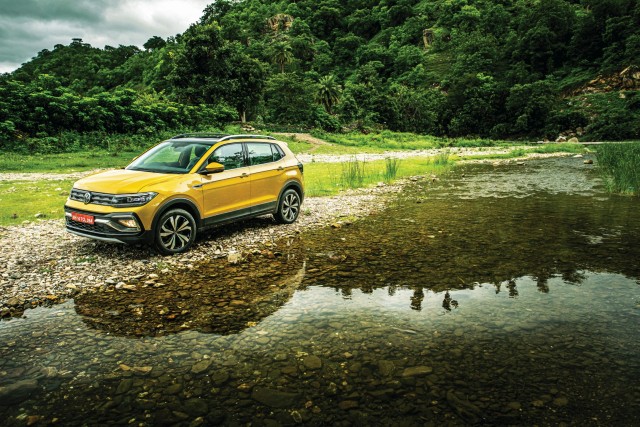
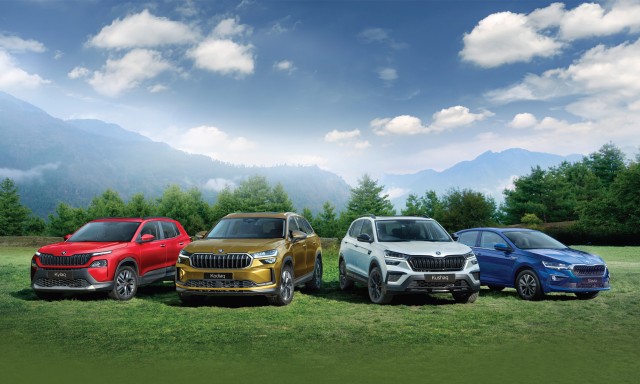

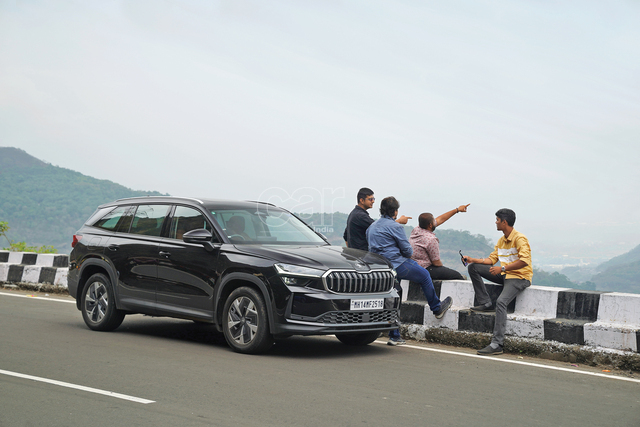


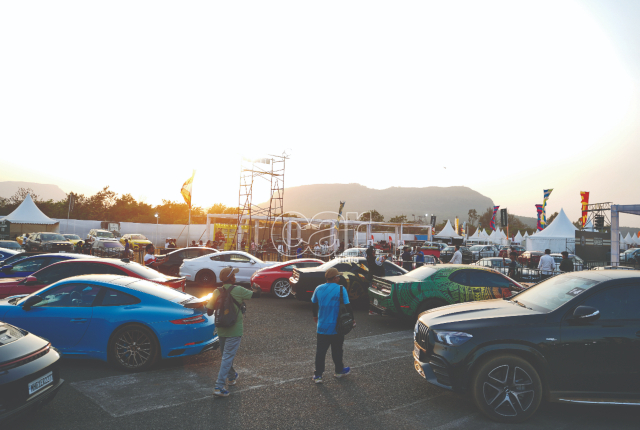
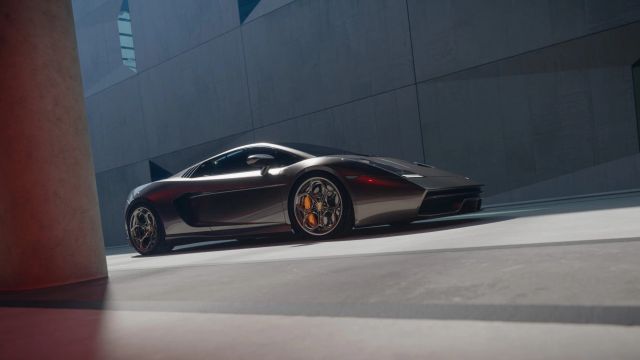
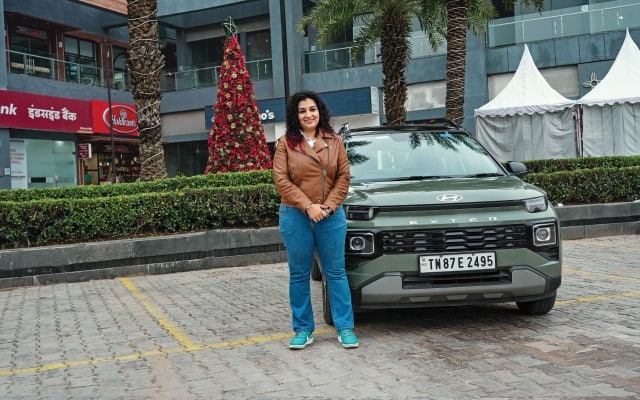
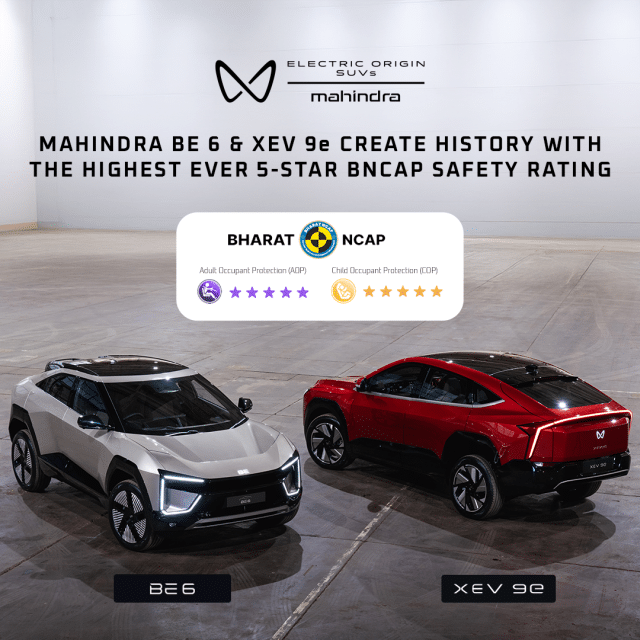
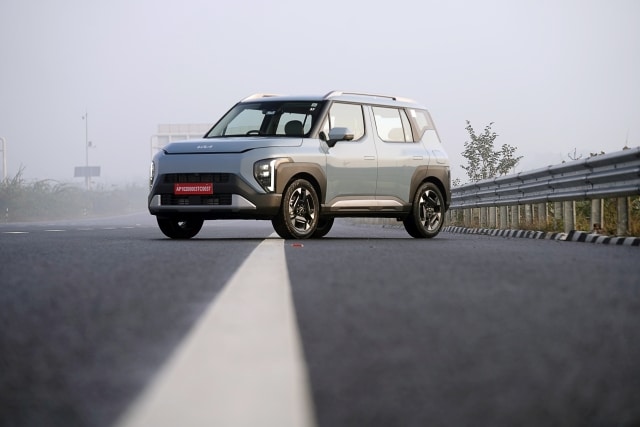



Leave a Reply